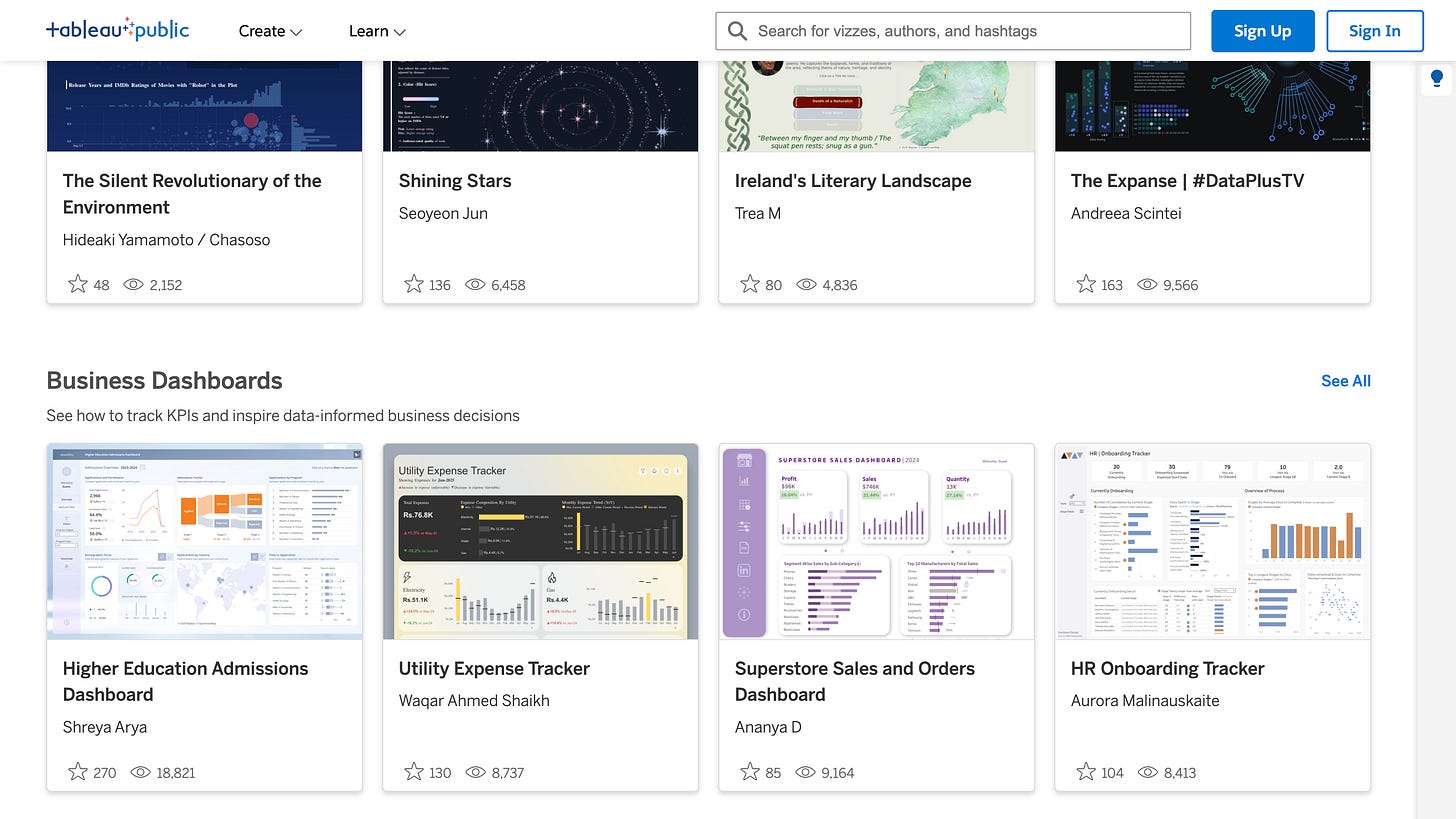Ultimate Guide to Building a Data Science Portfolio (That Lands Interviews)
The best way to bridge the experience gap in 2025-2026
Let’s set one thing straight:
If your portfolio is built only on passion projects or Kaggle datasets, you will struggle to stand out.
Why? You are entering a market that is extremely picky, where companies put a premium on experience that translates directly into business impact.
So if you have no work experience, but still want to stay competitive, you MUST be strategic about how you build your portfolio.
I’ve been following the job market closely (reading postings, reviewing reports, and talking with hiring managers), and the message is consistent: the fundamentals are still expected, but they are no longer enough. Employers want to see candidates who can demonstrate the skills that matter in real-world teams today.
Here is what that looks like:
Core skills remain non-negotiable: Python, SQL, machine learning, and data visualization.
Storytelling is rising: companies want candidates who can explain insights clearly, not just run analysis.
Data readiness is critical: expect to work with SQL and cloud data warehouses like BigQuery or Snowflake.
Deployment and AI awareness are emerging: you don’t need to be an engineer, but knowing how models reach production and how generative AI is being used will set you apart.
Now, I know this may sound overwhelming, but that’s why I’m writing this guide. I’ll break it down and show you what projects to focus on.
Because you don’t need ten projects to stay competitive, a few well-chosen, strategic ones are enough to bridge the experience gap.
Here’s what we’ll cover in this guide:
The four core competencies every data science portfolio must show in 2026
How to choose the right projects (and why end-to-end projects matter)
The business problems that are always safe bets in tech
How many projects you really need to stay competitive
Where to find better datasets than the usual static ones
How to host and present your portfolio so hiring managers actually see it
The building blocks
I’m starting with this section to give you a high-level reference point. Beyond the details of any individual project, you need to ask yourself: what areas of data science am I actually demonstrating competence in?
A strong portfolio should go beyond statistical analysis or machine learning alone, because data science is a broad field.
These are the four core competencies every entry-level data scientist is expected to show. Together, they prove you are well-rounded, practical, and ready for real-world challenges:
Let’s review each competency in detail.
1 . Data Visualization
A big part of the job of an effective Data Scientist is to act as a champion for data democratization, which means your data visualization skills need to go beyond just creating charts using matplotlib.
More concretely, your portfolio should showcase your ability to do two things:
Enable exploration: everyone, from your Data Scientist peers to your non-technical stakeholders, should be able to use your visualizations to extract insights and identify areas that require further investigation.
Communicate through data storytelling: your role is not just to present findings but to connect them into a clear narrative. That means picking the right visuals, structuring them in a way that guides your audience, and making sure the “so what” is obvious.
To show this in practice, go beyond coding libraries. Use BI tools in your portfolio. These are what modern data companies rely on to make data accessible, and they prove you can turn insights into something decision-makers actually use.
🎁 Paid subscribers get:
Full access to all public + premium posts.
A free copy of “Data Science Project Ideas (2025 Edition)”.
A free copy of “Data Science Interview Case Studies (2025 Edition)“.
25% off coupon for 1:1 mentoring session.
Occasional live Q&As and exclusive workshops.
And of course, my gratitude 🙏 I spend 6+ hours crafting every article I send out, not to mention the countless hours that go into creating additional resources.
To become a paid subscriber, click the button below:



